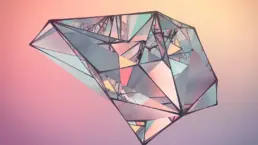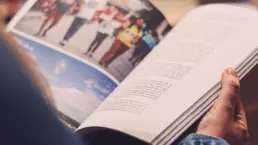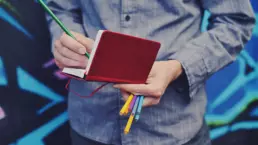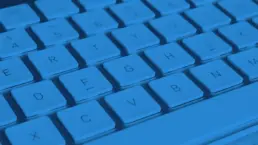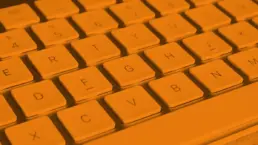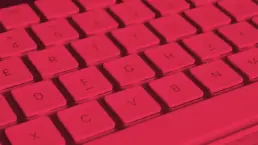This is a companion post to an earlier effort ‘Make a brilliant start to your logo design project‘ which focused on fleshing out your brief with a client questionnaire.

I thought it would also be helpful to post some tried-and-tested pointers for the designer to consider during the creative process itself.
Sketch
Whether you think you can draw or not (which is a more common doubt among designers than you might think!) – sketching is the fastest way to record the ideas that are swimming around your head at the outset of a project. Resist the urge to jump straight onto the computer – we all should value getting away from these cursed screens for a few hours where we can.

Pheelings Media on Shutterstock
I recommend investing in a cartridge paper sketchbook – I use something similar to this one; with a 2B pencil. Remember that nobody else has to see your hand sketches, so there is no need to be shy. Draw small and use simplified forms to draft ideas quickly.
When you have a couple of directions that you wish to develop further, you might also find it helpful to get some stencils to help you draw geometric shapes accurately – I have circles, triangles, hexagons, and even a nifty isometric stencil that really help.
Creative Block
Sometimes you can’t sketch much because ideas are not coming to mind. Firstly, assuming that you used the aforementioned logo design questionnaire, you should now have a substantial brief to work with. Use the answers given to kick-start your research – consider the problem you are solving, the marketplace your work will sit within, and how the competition brand themselves.
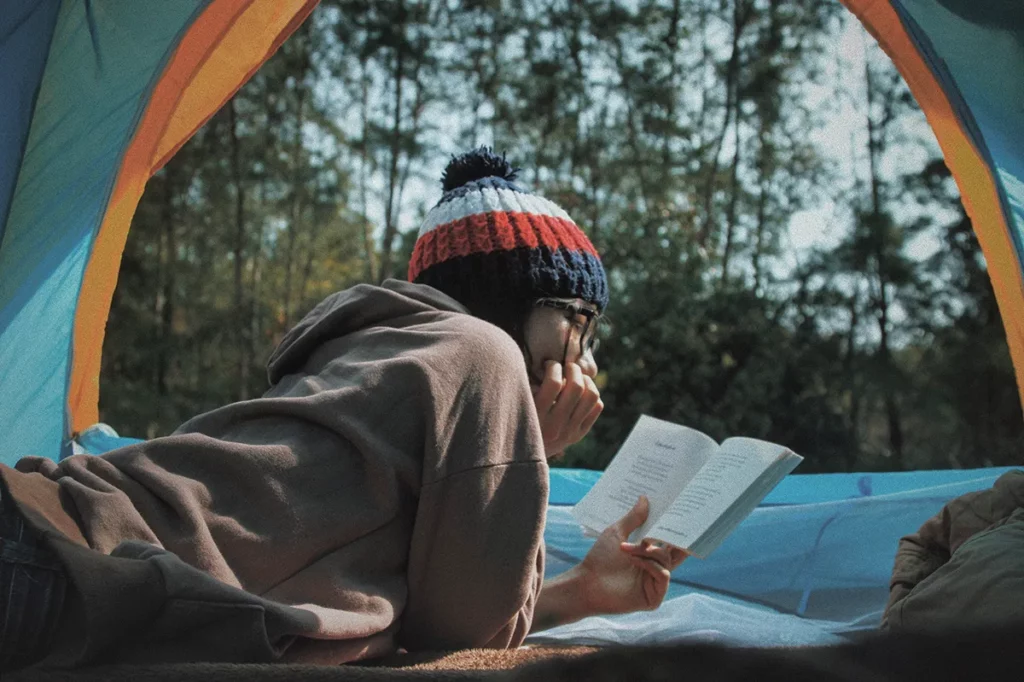
Secondly (hopefully you are not working on a rush project here) – turn the computer off and go for a walk, read a book somewhere quiet, or bake a cake. Basically, do something completely unrelated which will put a mental barrier between yourself and the project… Don’t worry – your mind will still be working on it in the background!
I will always remember having a brilliant, quite different, approach to a design problem pop in my head whilst I was on the cross trainer at the gym. If i’d have sat at my desk stressing about the project, I just wouldn’t have got it.

Photo by Gregory Pappas on Unsplash
A similar technique involves the art of getting some sleep. Read a brief right before bed-time and you’ll be surprised how often great ideas come to you the next morning. It might be helpful to keep your sketchbook within reach of your bed!
Black first
Simply put, if your graphic works in black on a white background, then it should work with colour applied in the end. This is a handy restriction to place on yourself as it forces you to think of the relationship between positive and negative space.
Think Big (but especially Small!)
It’s very important to consider the applications of the logo. If it is appearing on a billboard or the side of the van, it needs to have an impact in the potentially short time that it is in view. At the same time, there’s little point in making something incredibly detailed that needs to be embroidered onto a uniform at a small size.
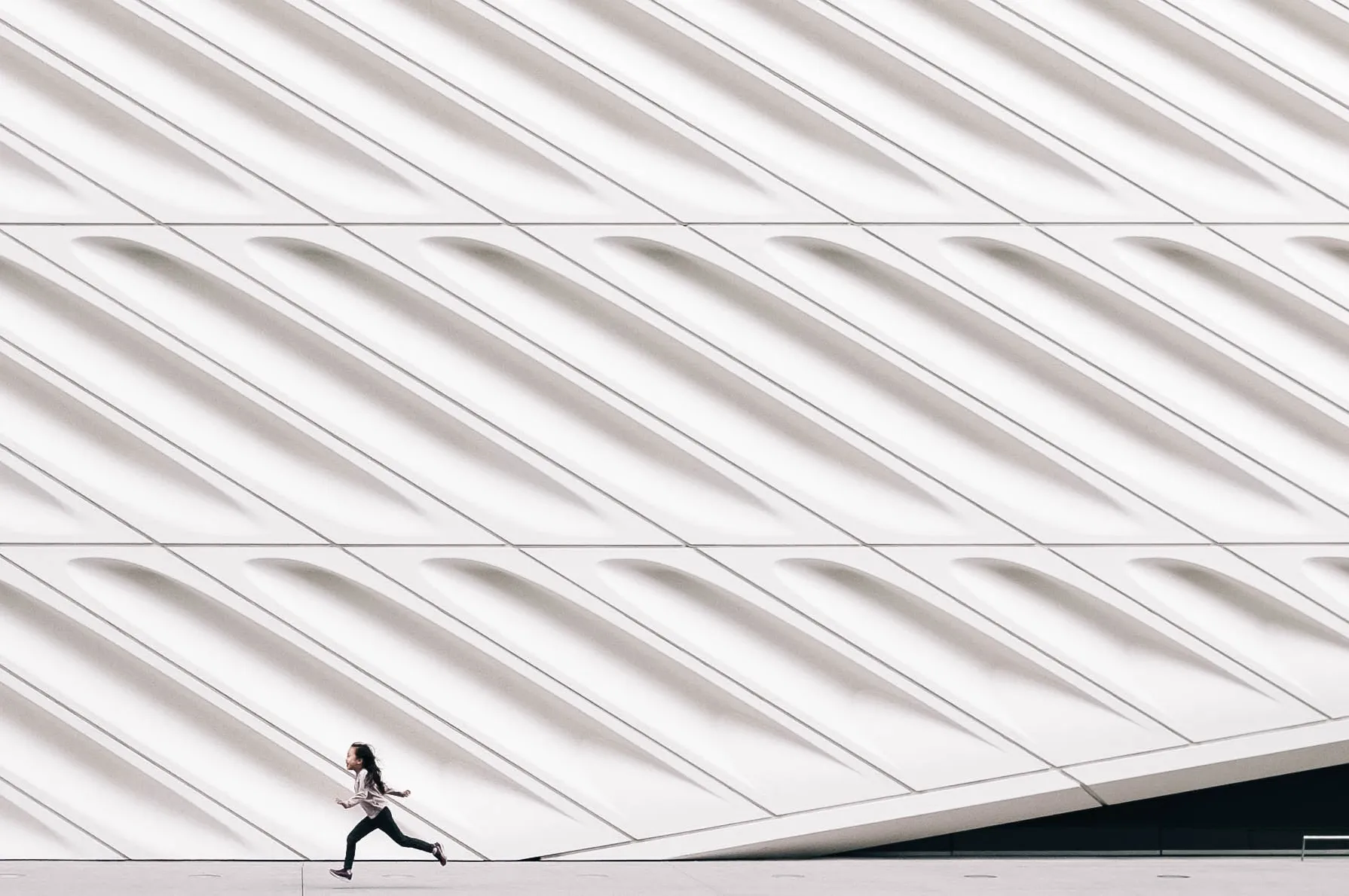
Generally speaking, any logo that you create will need to work at a range of sizes; so a useful exercise would be to print any final candidates out at various sizes, pin them to the wall, and see how they work from across the room. If your logo can have anything stripped out or an element simplified, then try it out. Simplicity is the friend of scaling.
—
Header Image: ImYanis on Shutterstock. In this post I have tried to link to places other than Amazon. We really need to stop feeding that beast – please support independent/local businesses where you can.
